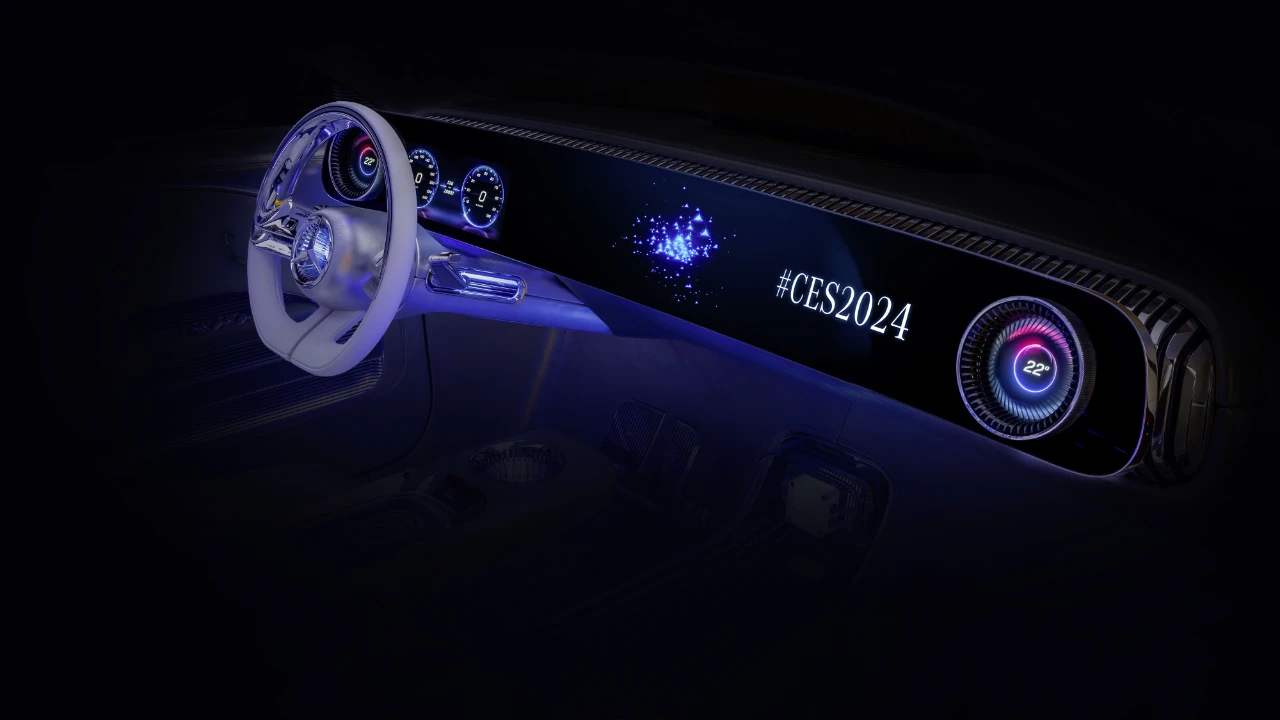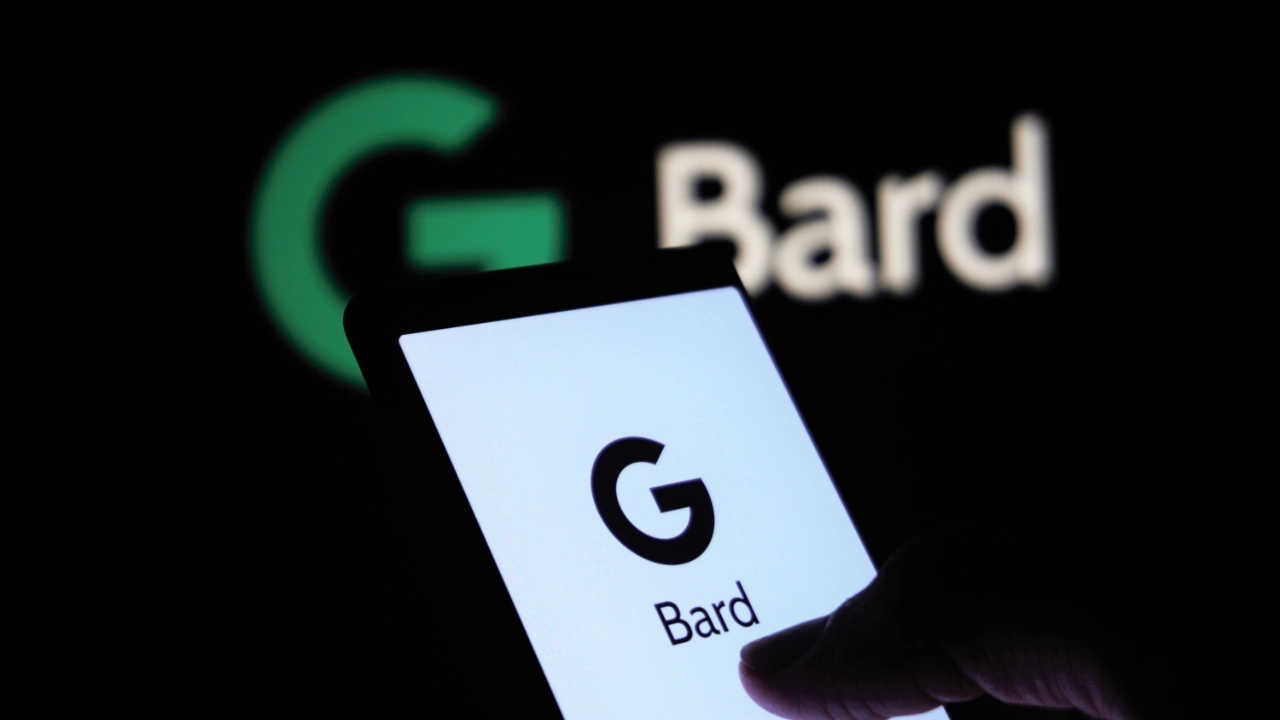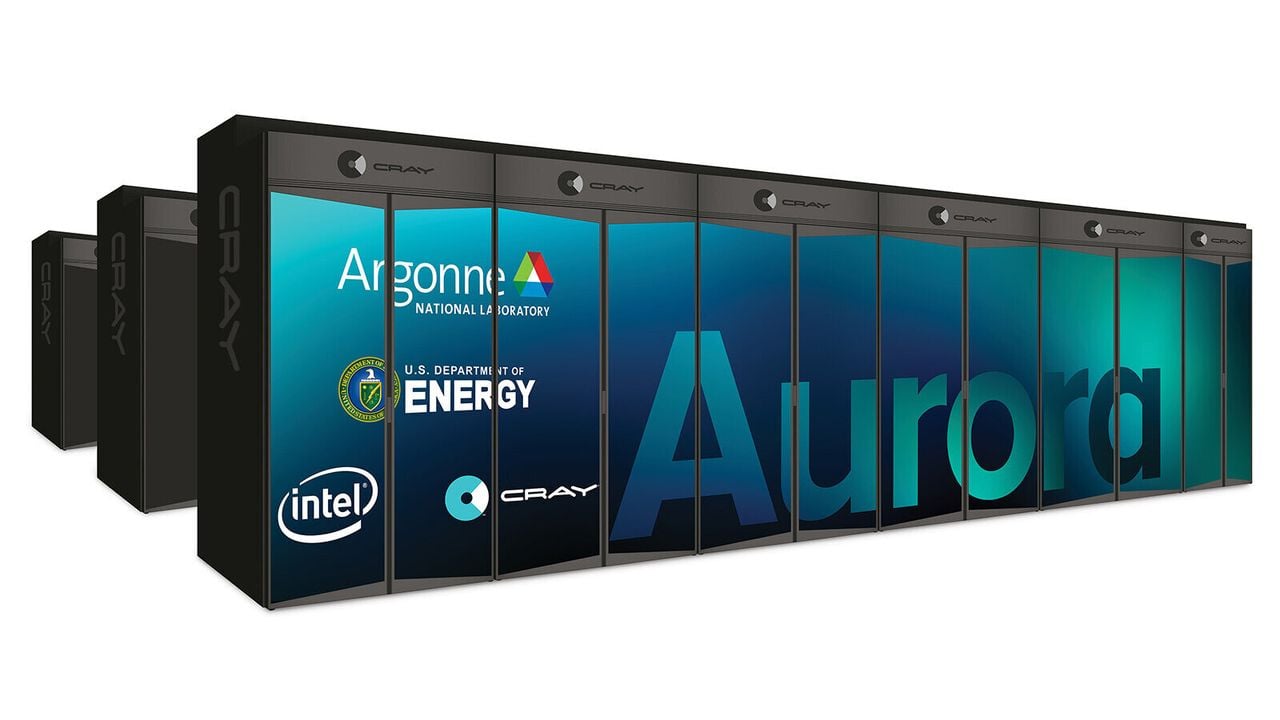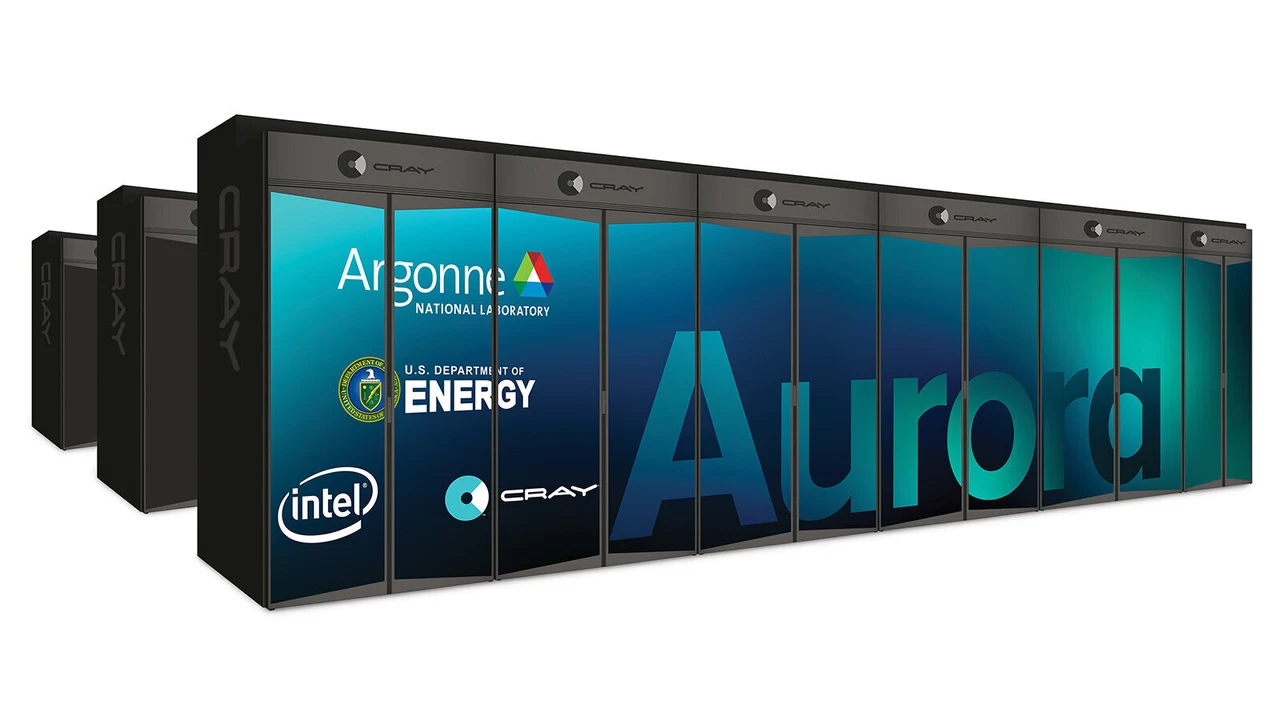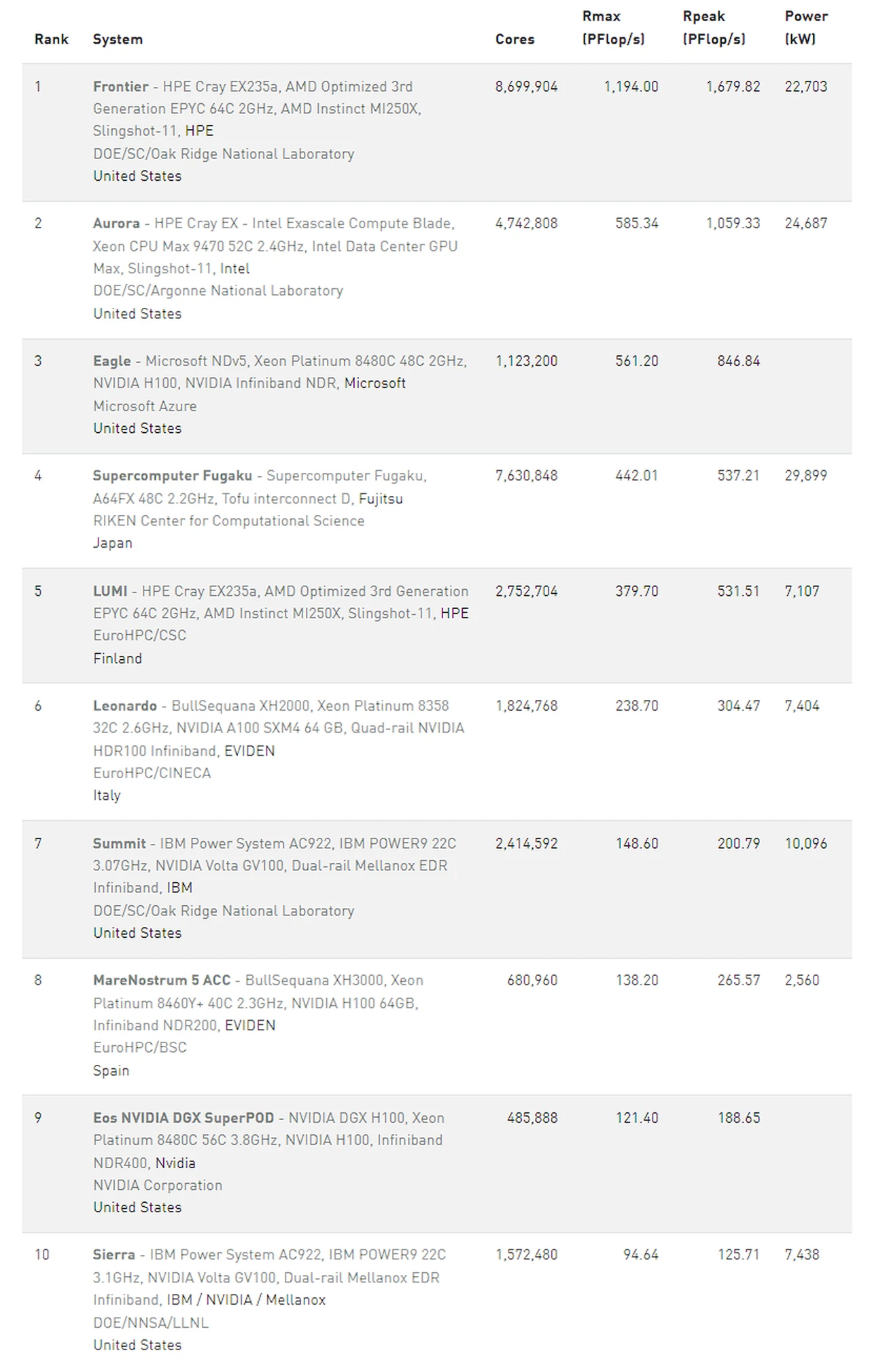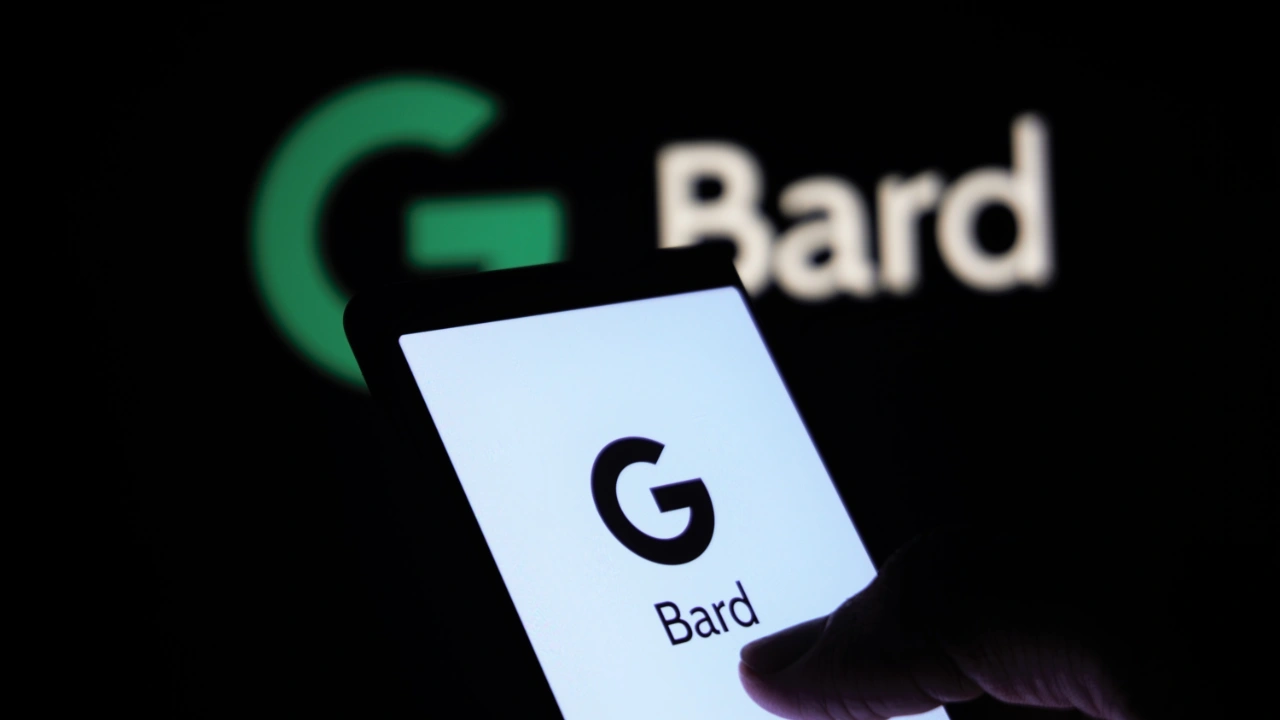
The latest version of Google Bard comes with a wide range of features, and this guide is designed to show you how to use all of these features. In today’s fast-paced digital world, having a tool that simplifies our interaction with technology is indispensable. Enter Google Bard, the latest AI tool that’s enhancing user experience with its sophisticated and versatile features.
Whether you’re a tech enthusiast or someone who loves to stay ahead of the curve, you will be pleased to know that Google Bard is designed to cater to a wide range of needs. The video below from TheAIGRID gives us a look at the latest version of Google Bard. Let’s delve into how you can leverage its capabilities to elevate your digital experience.
Maximizing Functionality with the Extensions Tab
First things first, make sure to enable extensions in Bard for its full functionality. Extensions like Google Flights, Hotels, Maps, YouTube, and Workspace are not just add-ons but gateways to a more integrated experience. Imagine planning a trip where you can simultaneously view flight options, hotel bookings, and maps, all within a single tool. This integration is a game-changer for efficiency.
Video Content Simplified
If you’re someone who consumes a lot of video content, you’ll appreciate Bard’s video analysis feature. Simply paste a YouTube video link and ask Bard to summarize it. This feature is particularly useful for educational purposes or when you need quick insights from lengthy content.
Conversational Voice Interaction
For those who prefer speaking over typing, Bard’s voice interaction feature is a significant addition. It responds to voice commands, similar to Siri, enabling a conversational experience. This feature is perfect for hands-free operations and when you’re on the move.
Email Management Made Easy
Dealing with a cluttered inbox? Bard can interact with emails, allowing you to ask it to show emails from specific senders or summarize them. This is particularly helpful in managing your communications efficiently, ensuring you don’t miss important emails.
Web Page Analysis at Your Fingertips
Ever wished you could get a quick summary of a web page? Bard does just that. By inputting a URL, you can ask for a summary or key bullet points, saving you time from reading through lengthy articles.
A Glimpse into Multimodal AI Capabilities
Bard’s ability to analyze images and extract data is a testament to its multimodal AI capabilities. It offers summaries and insights, which are invaluable for research and data analysis.
Seamless Data Export to Sheets
For those who work with data, Bard’s feature of exporting data analysis results to Google Sheets is a blessing. It simplifies the process of data handling and analysis, making it more efficient and accessible.
8. Reverse Image Search for In-Depth Insights
Bard’s reverse image search is a handy tool for identifying images and gathering information about them. This feature can be used for a variety of purposes, from academic research to personal curiosity.
Tailoring Responses to Your Preference
Everyone has a unique way of processing information. Bard recognizes this by allowing users to modify its responses. Whether you prefer shorter, longer, simpler, more casual, or more professional responses, Bard adapts to your style.
Sharing and Exporting Made Simple
Sharing insights and information is a key part of collaboration. Bard makes this easy by offering options to create public links of conversations or export them to Gmail or documents. This feature enhances collaborative efforts and ensures seamless information flow.
Real-Time Data for Instant Decision-Making
When booking hotels, having real-time information is crucial. Bard integrates with Google Hotels, providing real-time hotel booking information, which is a significant advantage for travelers and planners.
Customize Your User Interface
Finally, personalize your experience by switching between dark and light themes and choosing between real-time or complete response modes. This customization ensures that Bard not only works efficiently but also aligns with your personal preferences.
Summary
Google Bard’s versatility and advanced AI capabilities are evident in these features. From analyzing videos and web content to managing emails and performing data analysis, Bard stands as a comprehensive tool that meets various needs.
Remember, the key to getting the most out of Bard is to explore its features and understand how they can be integrated into your daily routine. It’s not just about the technology; it’s about how it enhances your life. So, dive in, experiment, and discover how Bard can transform your digital experience.
Source TheAIGRID




